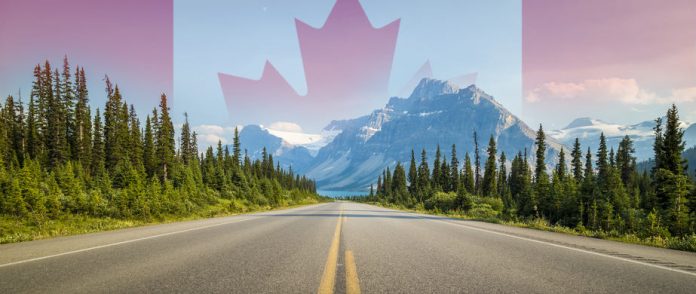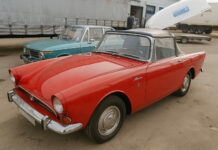If you’re going to find yourself driving anywhere overseas, then Canada is without doubt one of the best places to do it. Where else offers the same combination of fantastic unspoiled scenery, well-maintained modern roads and, best of all, drivers that are renowned for their courtesy?
However, it should always be remembered that Canada is a huge country – driving from coast-to-coast will take you through six different international time zones – with a climate that can be quite inhospitable in winter. So journeys can be long, and at times arduous. Be prepared for that, and most importantly remember to take regular breaks – fatigue is the leading cause of fatal accidents on Canadian roads.
You’ll also need to remember to drive on the right, of course – easy enough to do on busy city streets, but too easily forgotten when driving on long, empty rural stretches.
Driving Basics
You’re likely to encounter the youngest drivers you’ve ever seen in Canada: in Alberta you can drive at 14 years old, while in the rest of the country the driving age is just 16. You can drive there on a full UK driving licence – an International Driving Permit is not strictly required by law, but may make life easier if you have a brush with the law or need to make an insurance claim. As ever, you should keep your driving licence, passport and insurance documents with you at all times.
Speed Limits and Seatbelts
Speed limits in Canada vary, and like the USA, individual states have their own laws. Generally, limits will be around 50km/h (30mph approx) in built-up areas, 80km/h (50mph approx) on major roads and 100km/h (62mph approx) on freeways.
The driver and all passengers are required to wear seatbelts, subject to a $500 fine, and children weighing under 40lbs must be given a child safety seat. For babies and toddlers, this must be rear-facing.
Mobile Phones and Alcohol
Canada as a whole has a legal blood alcohol limit of 0.08%, the same as in the UK, but in some states this lowers to 0.05%. In either case, exceeding the limit is treated as a very serious offence – a $1,000 fine and a year’s driving ban is the minimum sentence for a first offender. Note also that if you have a DUI conviction within the past five years, you may well be refused entry into the country full stop.
As always, using your mobile phone while driving is also forbidden, but hands-free kits may be used instead.
Local Laws
Driving laws vary from province to province, so research local laws in the province(s) you’ll be staying in and/or travelling through. Some noteworthy rules of the road include:
- In most provinces in Canada you can turn right on a red light, as you can in the USA – but in Montreal this is forbidden.
- In the province of Quebec, snow tires are mandatory for all Canadian-registered vehicles during winter months.
- Some provinces have HOV (High Occupancy Vehicle, or ‘car pool’) lanes in urban centres. You may not drive in this lane unless there are at least two people in the car.
- In many Canadian provinces, it is illegal to smoke in any car that has children in it.
- Canada has two types of green light. A steady green light means just what it does in the UK; a flashing green light means you have right-of-way to make a left-hand turn.
- Some states require you to keep your lights on in the daytime, so check locally before setting off.
- If you see a private vehicle with a flashing green light in the state of Ontario, this is a volunteer firefighter on their way to an emergency. You should pull over and let them through as you would any other emergency vehicle.
- Pedestrians always have right-of-way at intersections.
- It is illegal to overtake a school bus while children are getting on or off; you must pull up at least five metres behind the bus and wait.
Long-distance and Winter Driving
As we said at the start, it’s a good idea to be prepared for any long journeys you plan to make, particularly during winter months.
Given Canada’s sheer size, fuel stations and rest stops can be a long way apart – and the more isolated the region, the fewer and further between they’ll be. So make sure you plan your route and know where you intend to stop for fuel and/or refreshments. It’s a good idea to carry snacks and drinks for the journey with you in the car, and you should also pack a blanket and warm clothing in case you do get stranded somewhere. A GPS-enabled smartphone is, of course, a must.
In winter, all the above becomes even more important, while you should also ensure your car is equipped with appropriate snow tires/chains, an ice-scraper, salt/cat litter for traction and a powerful torch.
At all times on Canadian roads, you should also keep an eye out for wildlife crossing the road – one collision with a bear or an elk can ruin your entire day!
We hope you’ve found this guide has helped prepare you for driving in Canada, and if you have any questions or suggestions, please feel free to contact us.
Shipping your car to Canada? Contact us today for a free quote and details of our car shipping services.











